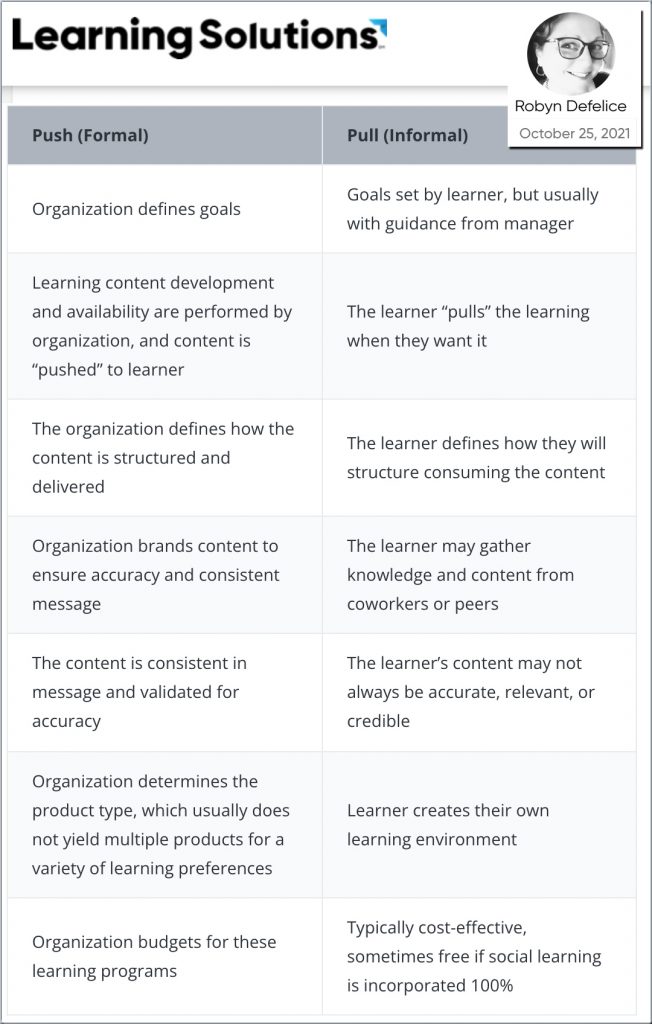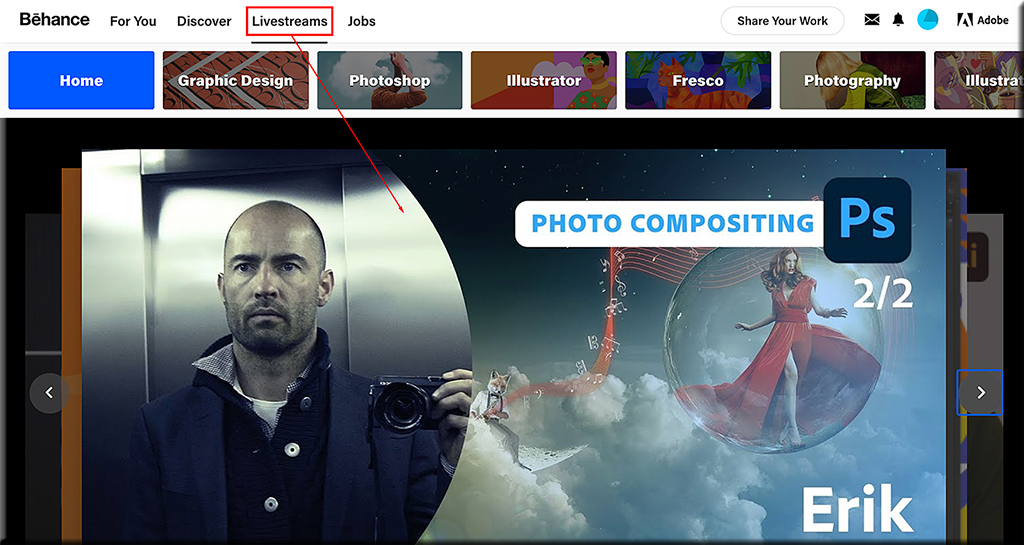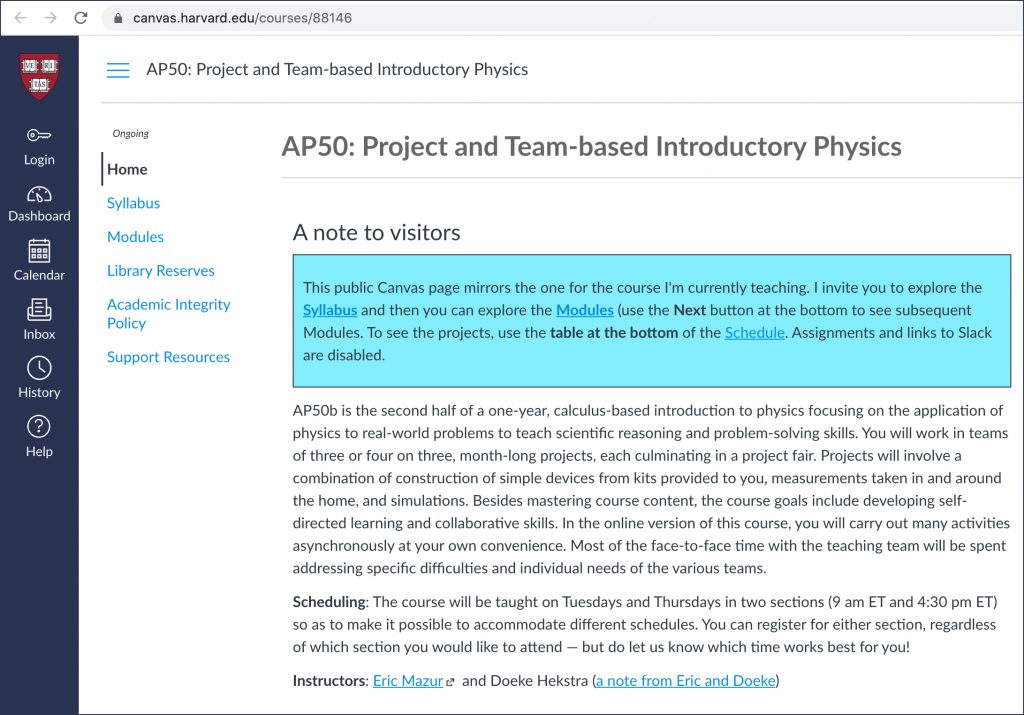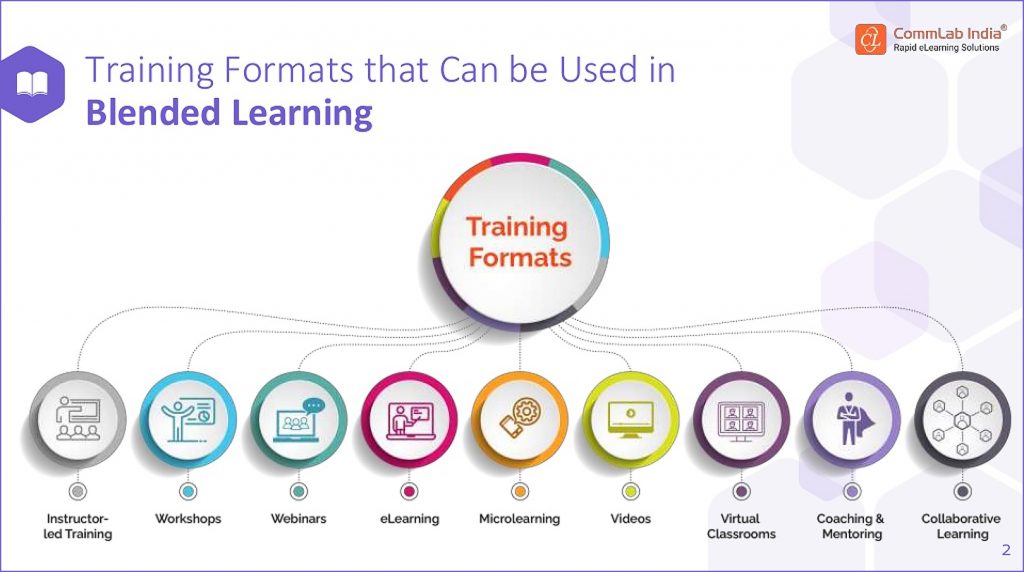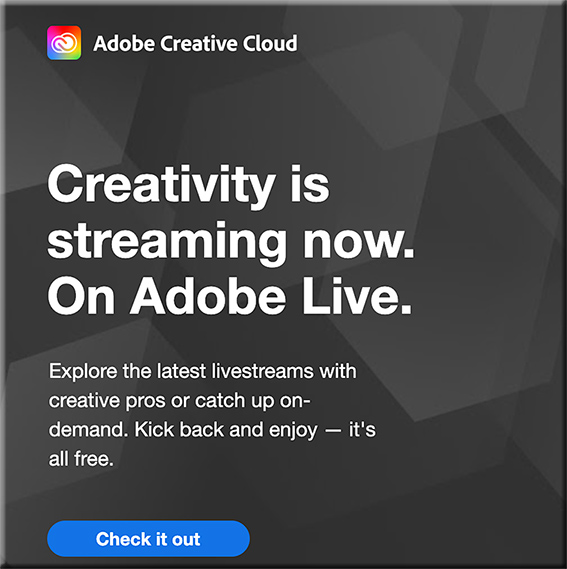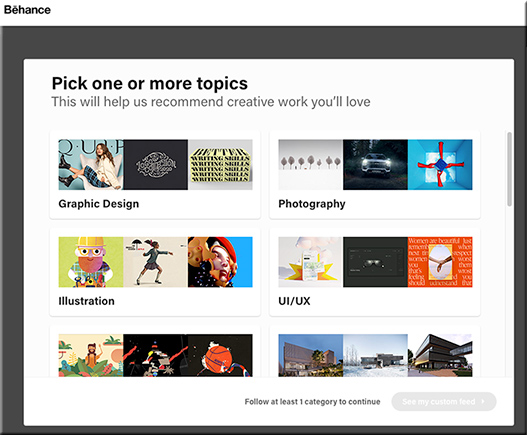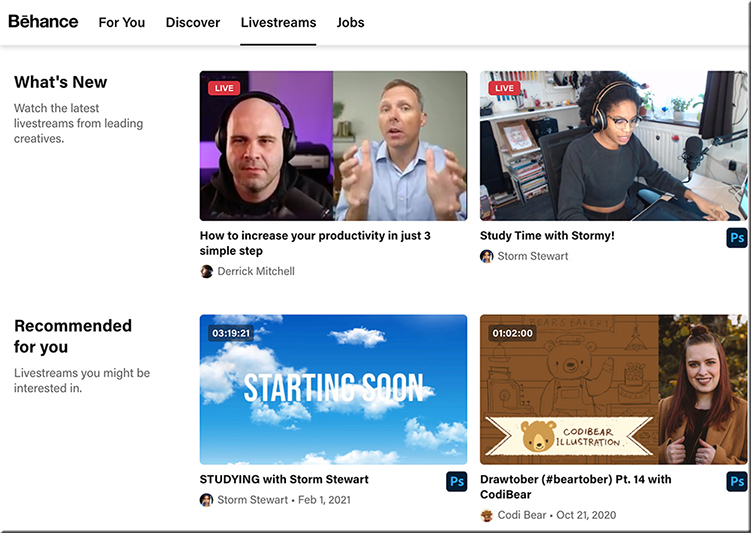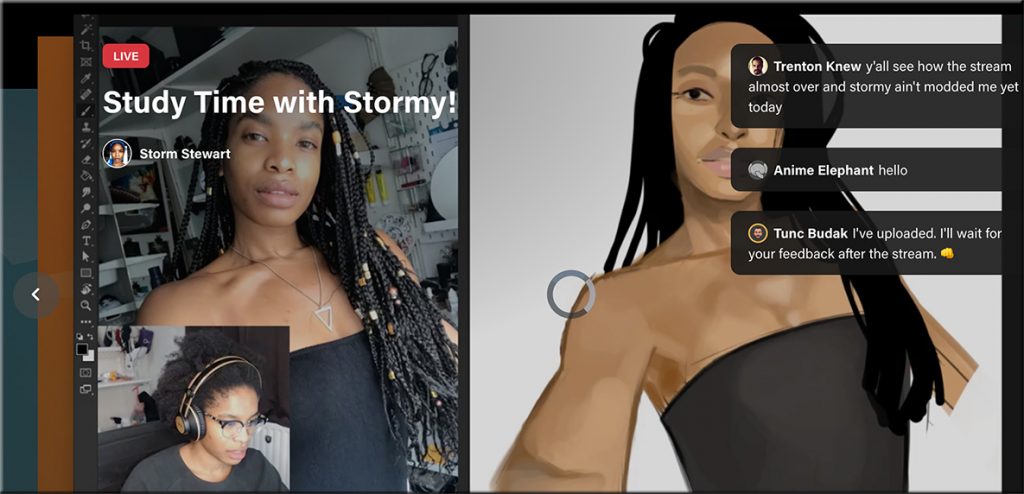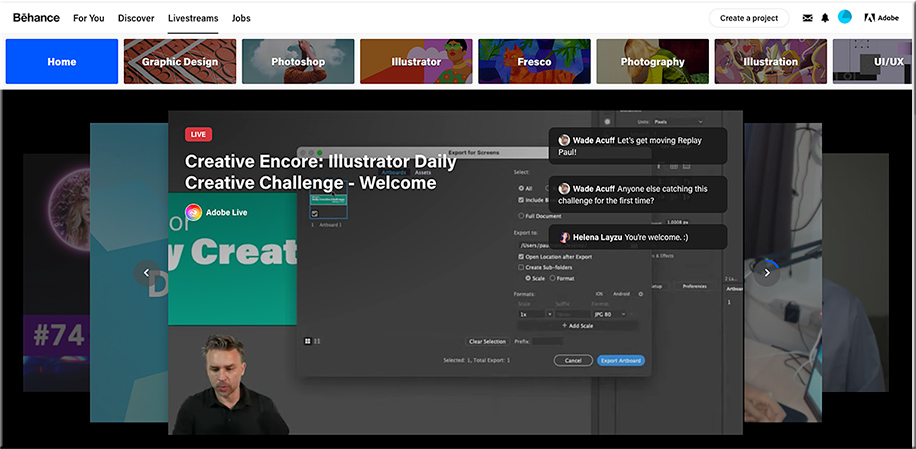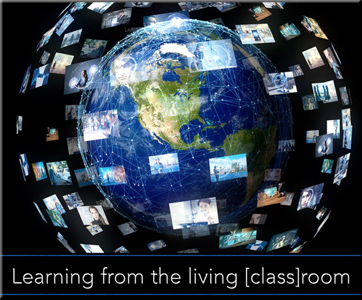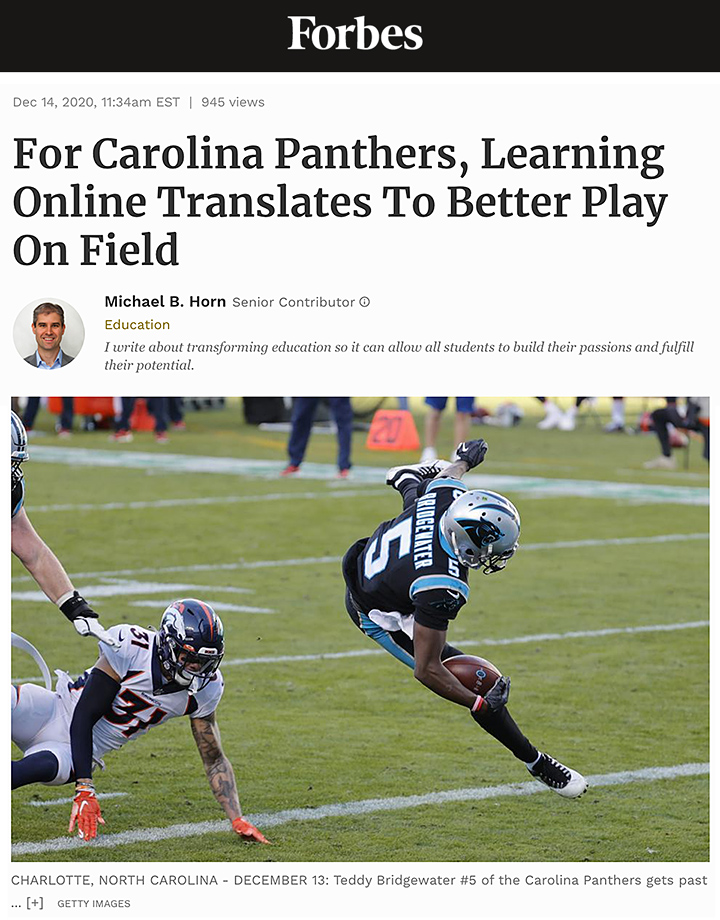Microcredential programs on the rise in Canada — from by Sharon Aschaiek; with thanks to Amrit Ahluwalia for this resource out on LinkedIn
Low rates of awareness about microcredentials by prospective students and employers remains a challenge.
Excerpt:
A new report on current views about microcredentials in Canada reveals a majority of higher education institutions are keen to create these concise, competency-focused upskilling programs, and many say the COVID-19 pandemic has made them even more relevant.
Released by the Higher Education Quality Council of Ontario (HEQCO) earlier this month, “Making Sense of Microcredentials” reveals what this emerging training trend means from the perspectives of three key stakeholder groups: universities and colleges, prospective students and employers. The 32-page descriptive research report is based on the results of a literature review, 44 interviews (17 with postsecondary schools), and 2,362 surveys, which included 161 representatives from 105 postsecondary institutions, including 41 universities.
Along these lines, see:
Mapping Out a ‘Credential As You Go’ Movement For Higher Education — from edsurge.com by Rebecca Koenig
Excerpt (emphasis DSC):
A new initiative called “Credential As You Go” aims to shift this status quo by making it easier for students and workers to earn recognition for their learning—in increments smaller than the colossal college degree.
Its goals include creating a national credentialing system designed around what the journey through higher education and job training actually looks like for many people: intermittent, nonlinear and unpredictable.
Also along the lines of keeping things brief, see:









